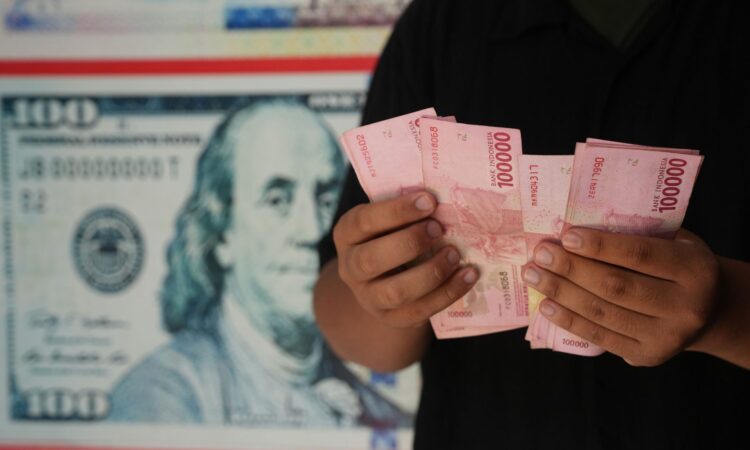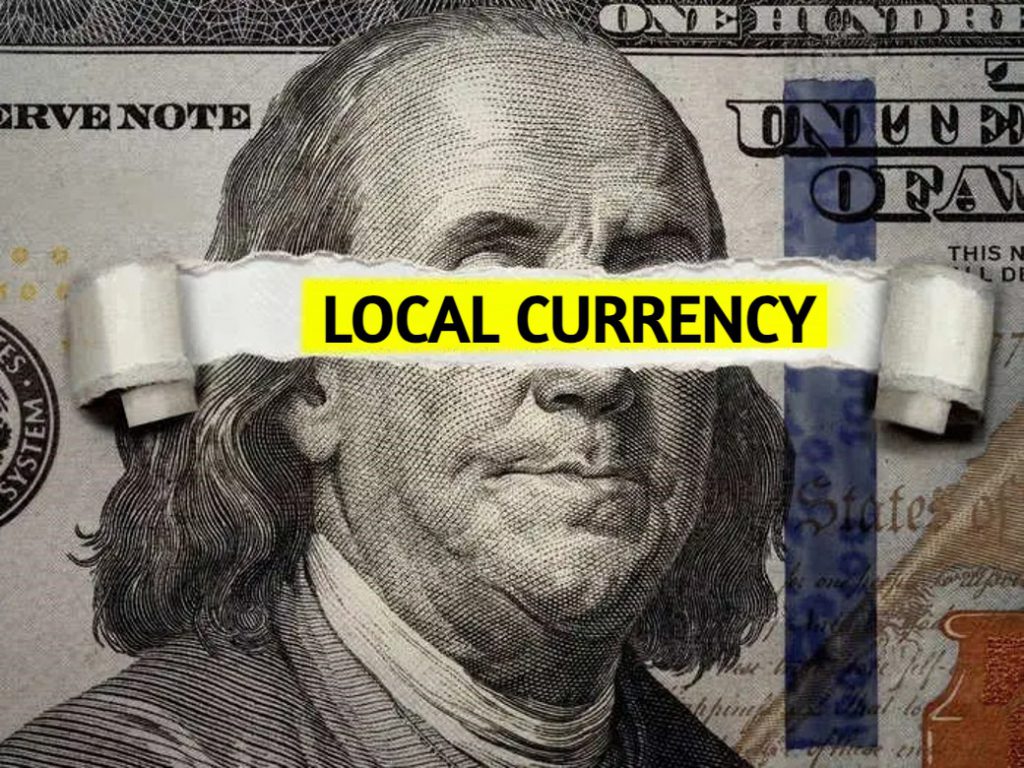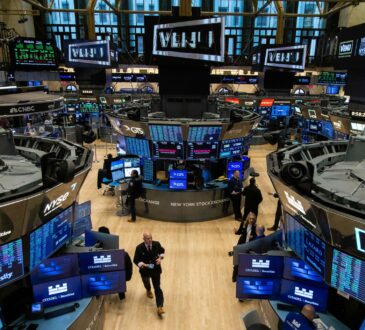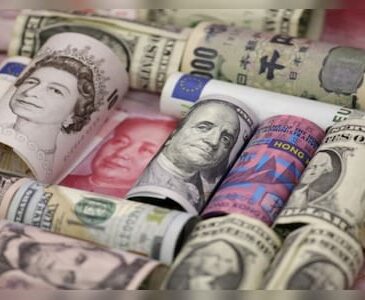
The U.S. dollar nurses losses after leading local currencies in Asia stabilized during Monday’s opening bell. The DXY index, which measures the performance of the USD shows the currency falling to the 104.6 mark. It is down close to 0.06% in the day’s trade and local Asian currencies surged briefly in the charts.
Also Read: 10 U.S. Sectors To Be Affected if ASEAN Ditches the Dollar
On Monday, the U.S. dollar has fallen 0.067% against six leading local currencies in Asia. The Indian rupee took the top spot as it surged nearly 42 paise in less than two hours after the opening bell.
The rupee strengthened against the U.S. dollar after exit polls showed a clear majority for Narendra Modi’s BJP government. The counting of the votes will take place tomorrow June 4, 2024, and Modi could continue being the Prime Minister for the third term.
Also Read: ASEAN Could Use Local Currencies For Trade, Ditch The US Dollar
U.S. Dollar Dips After Inflation Data, Local Asian Currencies Gain Strength


The personal consumption expenditures (PCE) data released on Friday shows a gain of 0.3% from last month. The report led to the U.S. dollar remaining on the weaker side while local Asian currencies gained in the charts. Also, the PCE index rose 2.7% YoY in April, signaling that price pressures are still above the Fed’s 2% target.
Also Read: Cryptocurrency: 3 Meme Coins Poised To Note 200% Spike This June
Until inflation figures fall below the 2% mark, the US markets and the dollar remain on a slippery slope. Consumer confidence is dipping leading to job figures not reaching the desired mark this quarter. The US jobs report released last month shows that it fell way below expectations of the market.
Also Read: VeChain: Should You Buy VET in June 2024?
While the expected job rates in the US remained at 243,000, the jobs created by employers were only 135,000. The U.S. dollar has been facing macroeconomic pressure since then leading to Asian local currencies briefly rising. The development might suggest that the Federal Reserve may decide to cut interest rates later this year.



